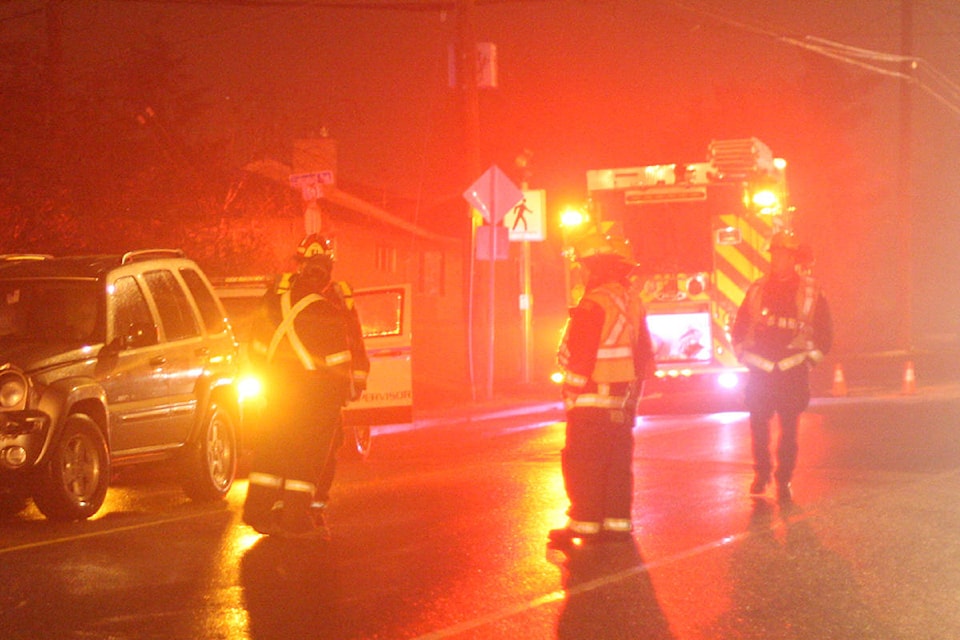BY AARON DIXON
These words come from a very deep sense of empathy for those involved in yet another preventable road death in Nanaimo.
Streets take more lives each year than all wars. Don’t believe me? Check the World Health Organization’s statistics. Death by road injury is the highest global cause of death not from health complications like heart disease.
Considering that statistically the most dangerous thing you might do in your daily life is walk, cycle, drive, or play on a street, we need to focus profound amounts of city-building energy towards preventing road deaths. One is too many.
So, how have streets become so dangerous and what can we do about it? Let’s look at the factors and show how urban planning can make our roads safe.
Big vehicles - While innovations for vehicles have focused on occupant safety, less has been done for the safety to the people on the outside. Research within a National Post article shows that for every life saved in a large vehicle, it came at the expense of 4.3 dead pedestrians, cyclists, or other car drivers. Further research found that driving an SUV instead of a car makes a driver 224 per cent more likely to cause a fatal crash, due in part to higher ride heights of the bumper striking a weaker windshield, instead of another bumper. It turns out, Canadians love big vehicles. Seven of the top 10 best-selling vehicles in Canada in 2018 were SUVs or trucks.
No motorist wants to experience a collision. So why are they so good at doing it?
Incomplete streets - It’s easy for motorists to criticize non-motorists when drivers are provided all the necessary infrastructures, but these critiques don’t consider the inequity of street space between modes. University of Illinois research shows that vulnerable road users take risks when proper infrastructure is nonexistent. As a motorist, how would you react if the roadway suddenly disappeared? Sidewalks and bike lanes do this a lot in Nanaimo, in fact, roadways for cars outnumber sidewalks by a factor of 1.4 times, for bike lanes, it’s five times. What’s worse, those ratios aren’t factoring in proper design; the majority of ‘bike lanes’ in Nanaimo are painted lines – this does nothing.
Road widths and speed limits - Research suggests that wider road design, more than the posted speed limit, is a higher contributing factor to speeding. Most local roads in Nanaimo are 50km/h zones combined with overly wide widths devoid of safety infrastructures for non-motorists; all these factors contribute to dangerous driving.
The overriding reason for large street widths are because larger vehicles, like fire trucks, need space to operate. But for a myriad of liveability benefits, urban planning tells us that narrower, complete streets are better, so what can we do? The National Association of City Transportation Officials produced a report suggesting that instead of building road widths for the largest vehicles in a city, let’s instead redesign the large vehicles.
Vision Zero - Vision Zero is a global movement principled on the notion that every road death is preventable and its policies are becoming commonplace within municipalities committed to safer streets. We must realize that streets are public places, everyone can use them, yet road inequity remains high. So, for the sake of the lives lost on Nanaimo’s streets, let’s implement Vision Zero policy, while we provide infrastructure for pedestrians, cyclists, and motorists to symbiotically co-exist.
Aaron Dixon is a graduate student in the master’s of community planning program at VIU.
OPINION: Raise a street kid in Nanaimo
OPINION: Downtown shouldn’t cater to drivers
